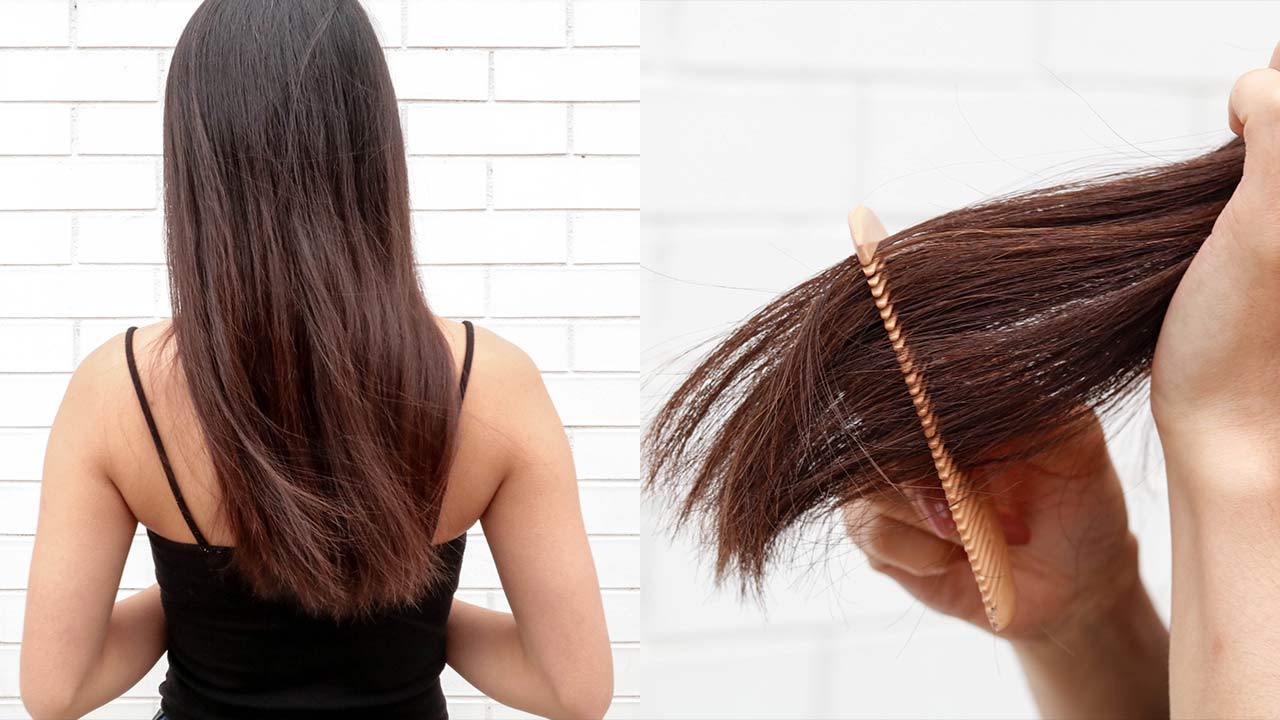Tanning your face without going to the beach is possible with makeup powder. Learn how to show off a glowing complexion without exposing it to sunbathing.
The bronzer is the ideal cosmetic to toast the skin of the face without going to the beach. You apply it after concealer and foundation to illuminate and add a natural glow. Including the product in the makeup routine has good effects and fewer skin risks.
Find these powders in warm tones and caramel, honey, orange and reddish undertones to simulate a dark complexion without prolonged exposure to the sun, spraying aerosols, or entering a tanning room.
The Skin Cancer Foundation singles out tanning beds and lamps among the forms of radiation that cause carcinoma. For its part, the United States Food and Drug Administration (FDA) warns that these devices can also cause premature aging, allergic reactions, damage to sight, and immunosuppression.
What is a bronzer and how is it different from other products?
The bronzer is an alternative to facial tanning with makeup. Highlight high areas such as the chin, cheekbones, and septum, where the sun usually shines. However, it is not a limitation, since you can use this beauty item as a blush or shadow.
Contour or contouring and bronzing powder can be confused because their objectives are to emulate the effects of light. The presentation of both is in darker skin tones; there are glossy and matte. So how do distinguish them?
Both are for sculpting the face. The big difference is that the bronzer looks for a warm effect and the contour goes for cool and dark nuances to correct the features and create shadows on the cheeks, forehead, nose, and under the jaw.
Pearlescent bronzers are also often compared to highlighter because of the sheen. The reality is that the satin range of bronzers tends towards brown, while the illuminators go towards silvers, pinks, and golds. The point of application is another inequality since the last ones work the nose, Cupid’s bow, the top of the cheekbone, and under the eyebrow.
Skin tanning with sun exposure can be dangerous if schedules and basic measures to reduce radiation damage are not followed.
How and when to use the bronzer?
Bronzing powders are used when you want to give your face a sophisticated and tropical look. For this, it is necessary to buy a tone above that of the skin and the make-up base. As for how to include it in the routine, take note.
1. Select your shade
Make sure the product is earthy but natural. For oily skin, powder bronzer works because it hydrates and absorbs excesses.
Instead, these cream, gel, or liquid cosmetics favor dry skin. It is appropriate to get a light formula.
2. Supplied with brush
Concealer goes first, then foundation, and finally bronzer. With a wide, round-cut brush, blend without abusing the amount of powder, so it doesn’t lose its naturalness.
A technique suggested by makeup artists is to spread the loaded bronzer on a brush that you will move in the form of lines that make a 3, paying special attention to the top of the forehead and the hairline, the cheekbones, under the jaw, and the bridge of the nose.
3. Polish
After the first brushstroke, shake the bristles and pass them again to polish the mixture. In this phase you change the move of 3 for light circles, covering the points where you want warmth.
4. Seal with sheers and blush
- Finally, you fix this part of the makeup with a translucent powder. You can add some pink blush to enhance the effect.
- Secrets of the ideal bronzer on the face
- Here are some basic tips for the perfect finish of your makeup tan :
- The color must exceed a maximum of 2 darker than the face. Neutralize with an undertone contrary to your complexion.
- The brush must be large and soft to spread the powder and give a velvety effect.
- Shake the brush before blending the bronzer. Gradually increase the intensity until you reach the level you want. If you don’t get the transitions, clean the brush and add some translucent.
- Sometimes, not all the facial points where the sun shines need tanning.
A piece of advice to respect is the order of application. Concealer and foundation first, then finish with bronzer.
What type of bronzer goes with your skin?
Due to the risks involved, the World Health Organization (WHO) does not approve the use of tanning booths for aesthetic purposes, according to the Spanish Association Against Cancer. Fortunately, you can have a tropical complexion thanks to makeup.
In white skin, the recommended colors of bronzers are coral, light brown, or pink. Light brunettes are one tone higher than their complexion, combined with a cold brown or golden and coppery undertone, if they have a warm or cold face, respectively.
Terracotta suits olive skin. Complexions with yellow highlights take advantage of gold powders and medium tones. Dark brunettes benefit from the slightly shimmery brown range. For naturally tanned skin, matte formulas accentuate the color and achieve incredible effects.




